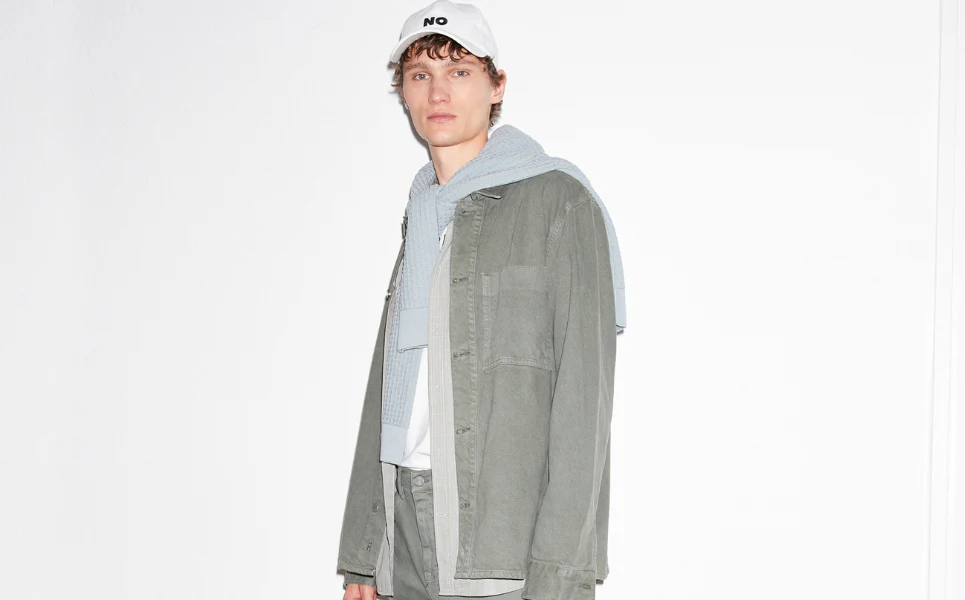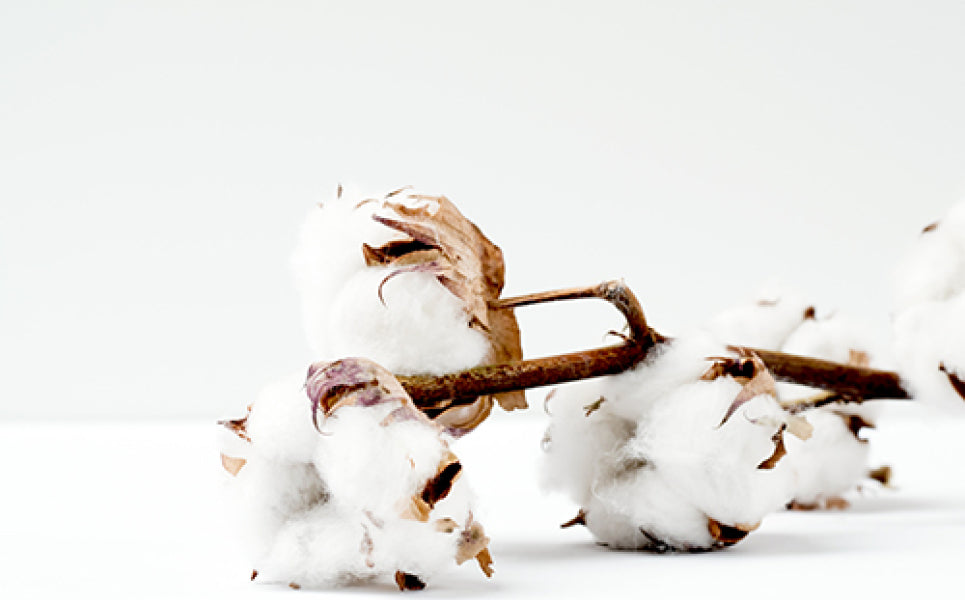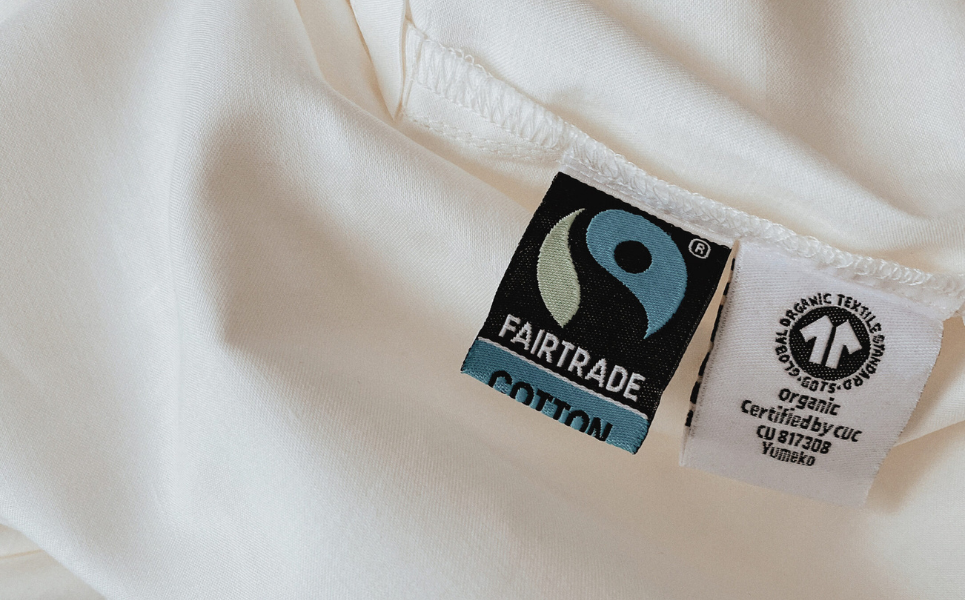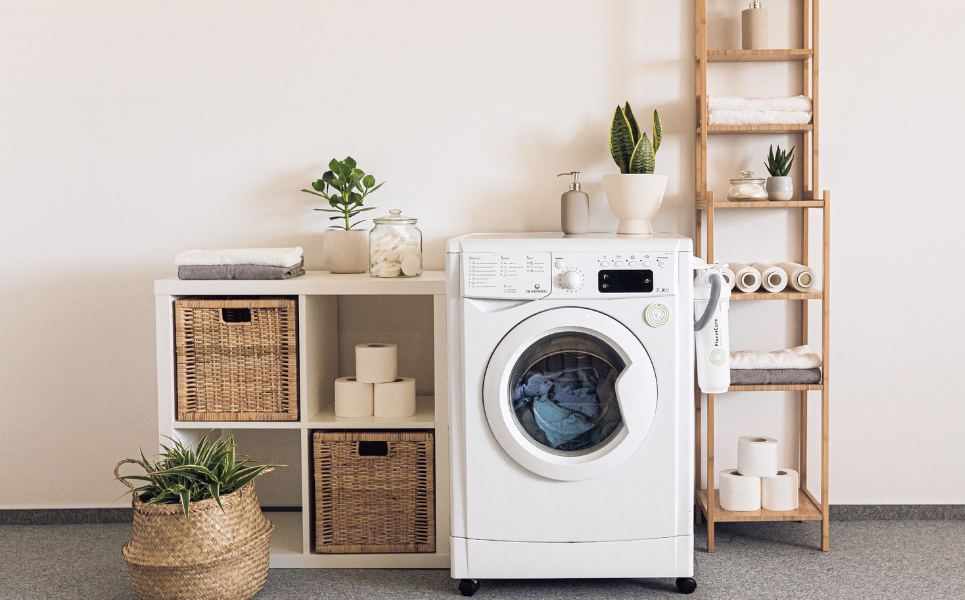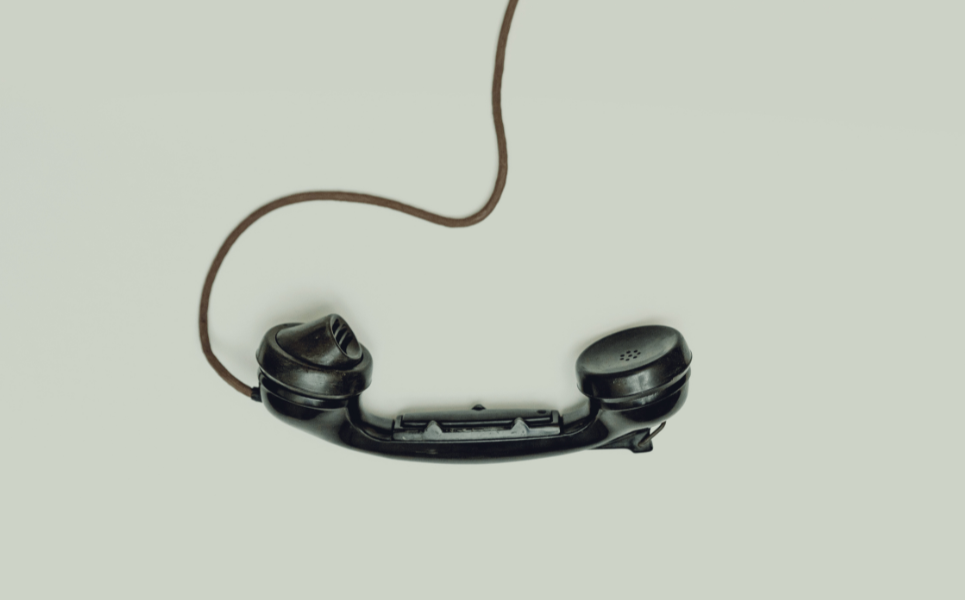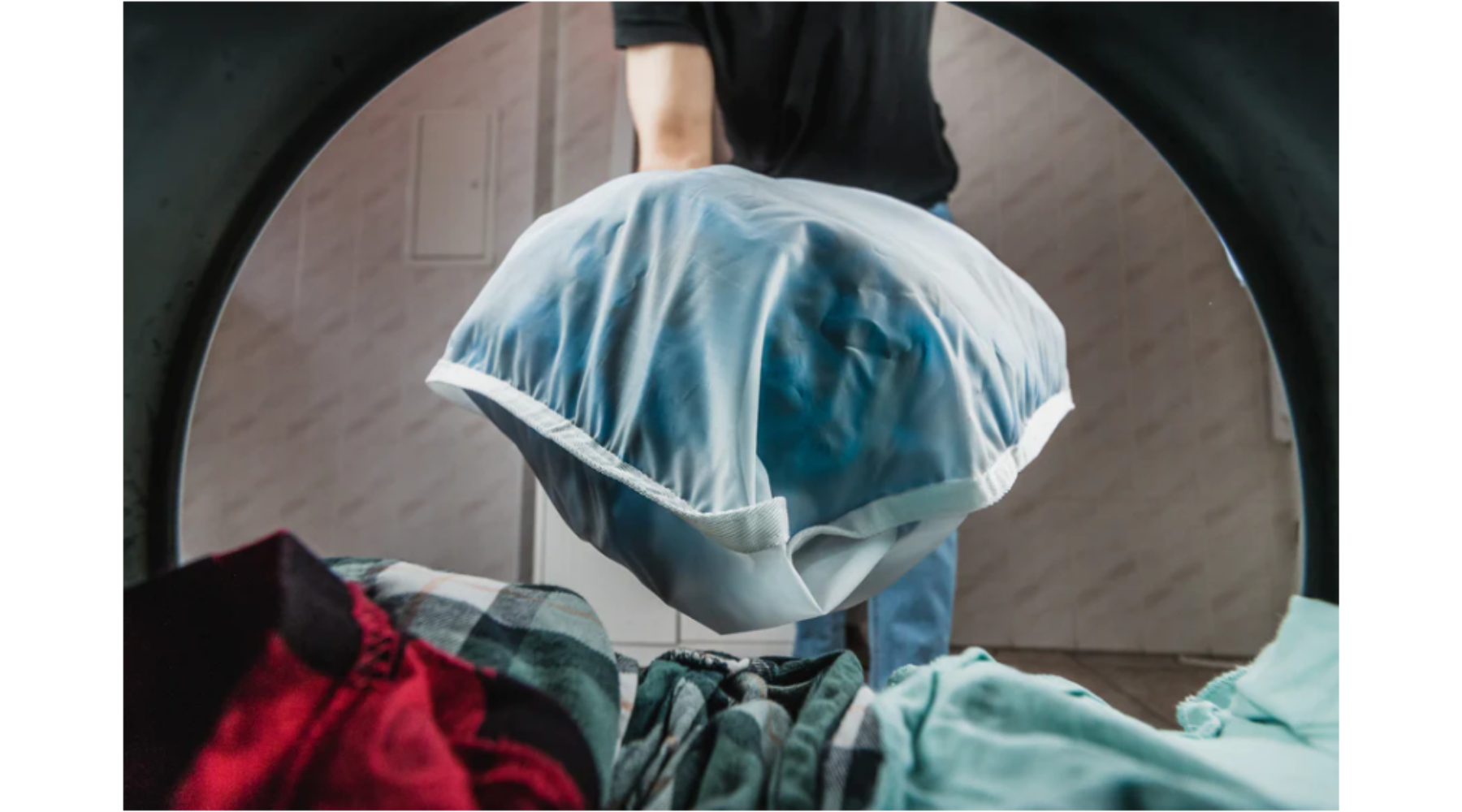What you need to know about Micro Waste and how to prevent it
Let's talk about microplastics! You probably have some clothes in your closet that cause Mirco Waste. What is Micro Waste and what are Micro Plastics? What are the consequences and above all, what can you do about it? Read it here and take action!
What are microplastics?
Microplastics are microscopically small pieces of plastic. They are formed when plastic breaks down into smaller and smaller particles.The plastic soup, or floating rubbish dump, floating in the Pacific Ocean is a major cause of microplastics in seawater. Unfortunately, the floating rubbish dump is not the only cause of microplastics in the sea. Anoften forgotten, equally important cause is our waste water. Microplastics are found in every synthetic garment and come loose during washing. These dislodged synthetic fibres go to the water treatment plant with the wastewater from your washing machine. Unfortunately, these microplastics are so small that they cannot be filtered out of the water by the treatment plant and therefore end up in seawater.

How do microplastics spread from clothing to the food chain?
Once in the seawater, the microplastics are consumed by everything that lives in the seawater. Because the plastics cannot be broken down, they accumulate in fish, oysters and mussels, among other things, which we then consume. In this way, the particles circulate through our food chain. Microplastics have been found in honey, water, salt and beer, among other things.

Why are microplastics in the food chain a problem?
Microplastics contribute to the pollution of seawater and invade organisms that live in the sea. This in itself is bad news as plastic does not occur in nature and therefore does not belong here. The ingestion of microscopic pieces of polystyrene by oysters has been shown to alter food intake and disrupt reproduction. Unlike microplastics in the sea, the effects of microplastics in the human body have not yet been sufficiently researched. This is because we only discovered this a short time ago. However, scientists do agree that the accumulation of microplastics in the human body is not desirable and strongly recommend reducing the use of plastic in general.
What can you do against microplastics ?
German brand Langbrett has come up with a clever solution here to stop the spread of microplastics through our washing machine. The GuppyFriend: a laundry bag, a kind of larger version of the bra bag, that stops 99% of the released plastic fibers from your clothes and prevents them from entering the water. After the wash, you throw away the released fibers, lint, with the residual waste. The GuppyFriend has been tested for quality, durability and efficacy, and the result is a long-lasting, plastic-free product that keeps small particles in.

Our advice? Look at the material a garment is made of before you buy it. For example, rainwear and sportswear is often made of synthetic material such as polyester. An alternative to new polyester is recycled polyester (e.g. RPET from recycled PET bottles) as you find in our raincoats from Insane in the Rain, yoga leggings from Mandala and tights from Swedish Stockings.
The clothes you have made of nylon, fleece, polyester, acrylic or other synthetic materials are best washed in the GuppyFriend laundry bag: small effort, big result!
Watch the 'How-to-use' video below for optimal use of the GuppyFriend!
Order your GuppyFriend at Sophie Stone!



